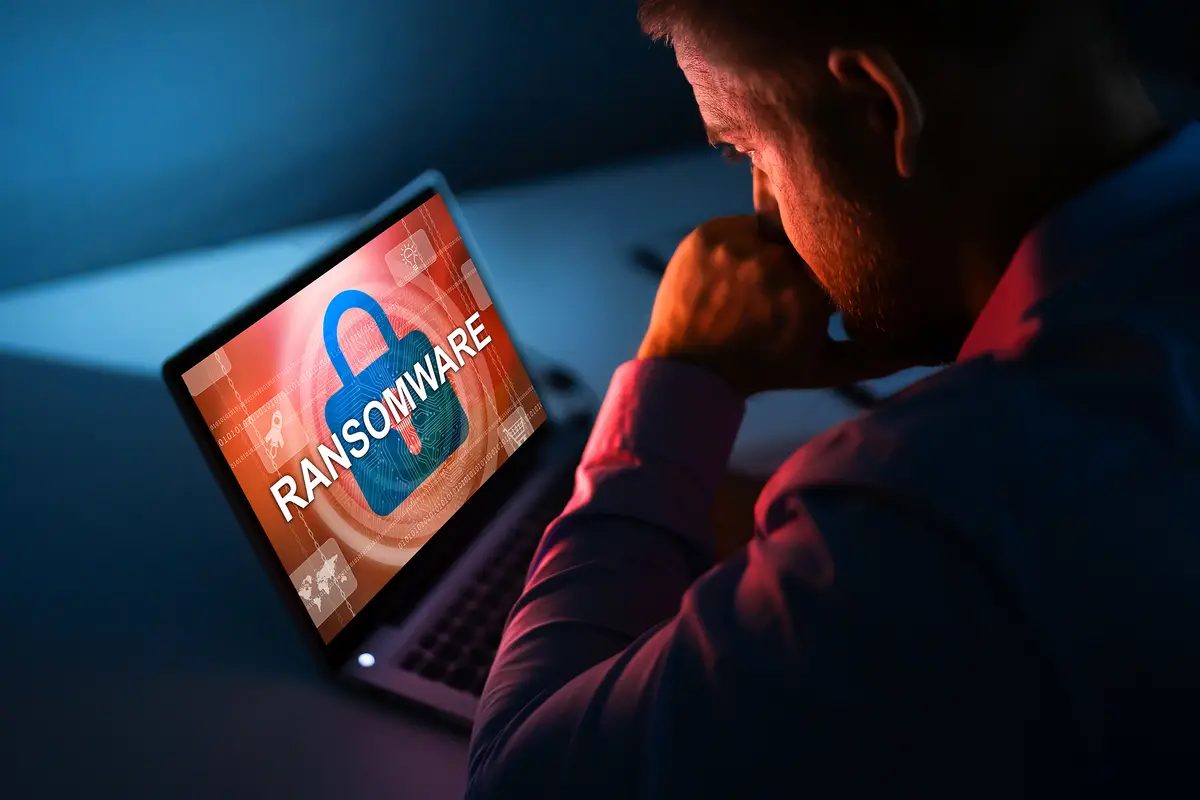advertisement
Data Encryption From Ransomware Reaches Highest Level In 4 Years

The newly released State of Ransomware 2023 report has revealed that in 76 per cent of ransomware attacks against surveyed organisations, adversaries succeeded in encrypting data. This is the highest rate of data encryption from ransomware since Sophos started issuing the report in 2020. 3,000 IT professionals from 14 countries responded to this year’s report, revealing fresh insights into the impact and cost of a ransomware attack.
The survey shows when organisations paid a ransom to get their data decrypted, they ended up additionally doubling their recovery costs ($750,000 in recovery costs versus $375,000 for organisations that used backups to get data back). Moreover, paying the ransom usually meant longer recovery times, with 45 per cent of those organisations that used backups recovering within a week, compared to 39 per cent of those that paid the ransom.
Overall, 66 per cent of the organisations surveyed were attacked by ransomware—the same percentage as the previous year. This suggests that the rate of ransomware attacks has remained steady, despite any perceived reduction in attacks.
advertisement
“Rates of encryption have returned to very high levels after a temporary dip during the pandemic, which is certainly concerning. Ransomware crews have been refining their methodologies of attack and accelerating their attacks to reduce the time for defenders to disrupt their schemes,” said Chester Wisniewski, the Field CTO at Sophos.
“Incident costs rise significantly when ransoms are paid. Most victims will not be able to recover all their files by simply buying the encryption keys; they must rebuild and recover from backups as well. Paying ransoms not only enriches criminals, but it also slows incident response and adds cost to an already devastatingly expensive situation,” added Wisniewski.
When analysing the root cause of ransomware attacks, the most common was an exploited vulnerability (involved in 36 per cent of cases), followed by compromised credentials (involved in 29 per cent of cases). This is in line with the in-the-field incident response findings from April’s Sophos’ 2023 Active Adversary Report for Business Leaders.
advertisement
Additional key findings from the report include:
- In 30 per cent of cases where data was encrypted, data was also stolen, suggesting this “double dip” method (data encryption and data exfiltration) is becoming commonplace
- The education sector reported the highest level of ransomware attacks, with 79 per cent of higher education organizations surveyed and 80 per cent of lower education organizations surveyed reporting that they were victims of ransomware
- Overall, 46 per cent of organisations surveyed that had their data encrypted paid the ransom. However, larger organisations were far more likely to pay. In fact, more than half of businesses with revenue of $500 million or more paid the ransom, with the highest rate reported by those with revenue over $5 billion. This could partially be due to the fact that larger companies are more likely to have a standalone cyber insurance policy that covers ransom payments.